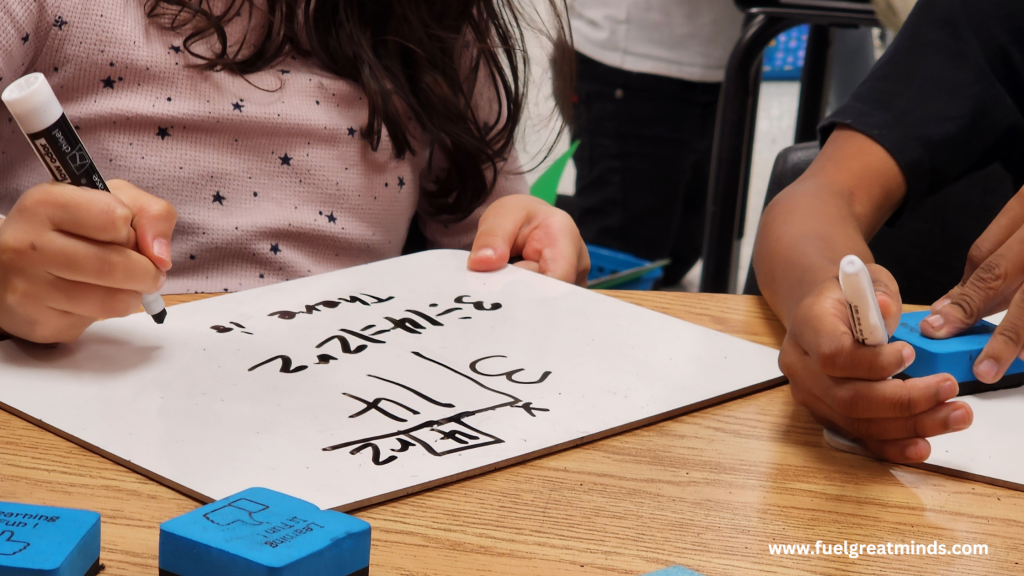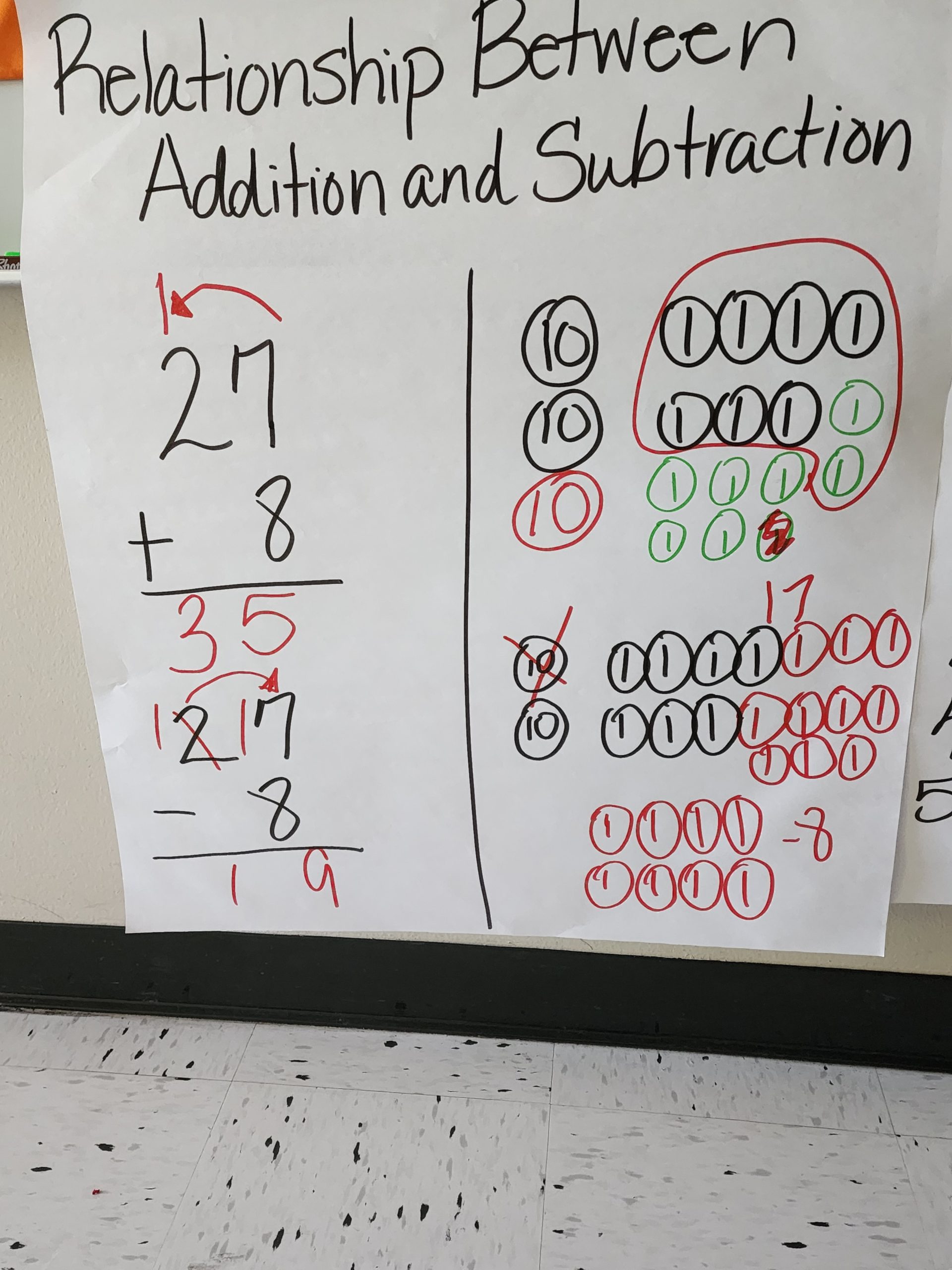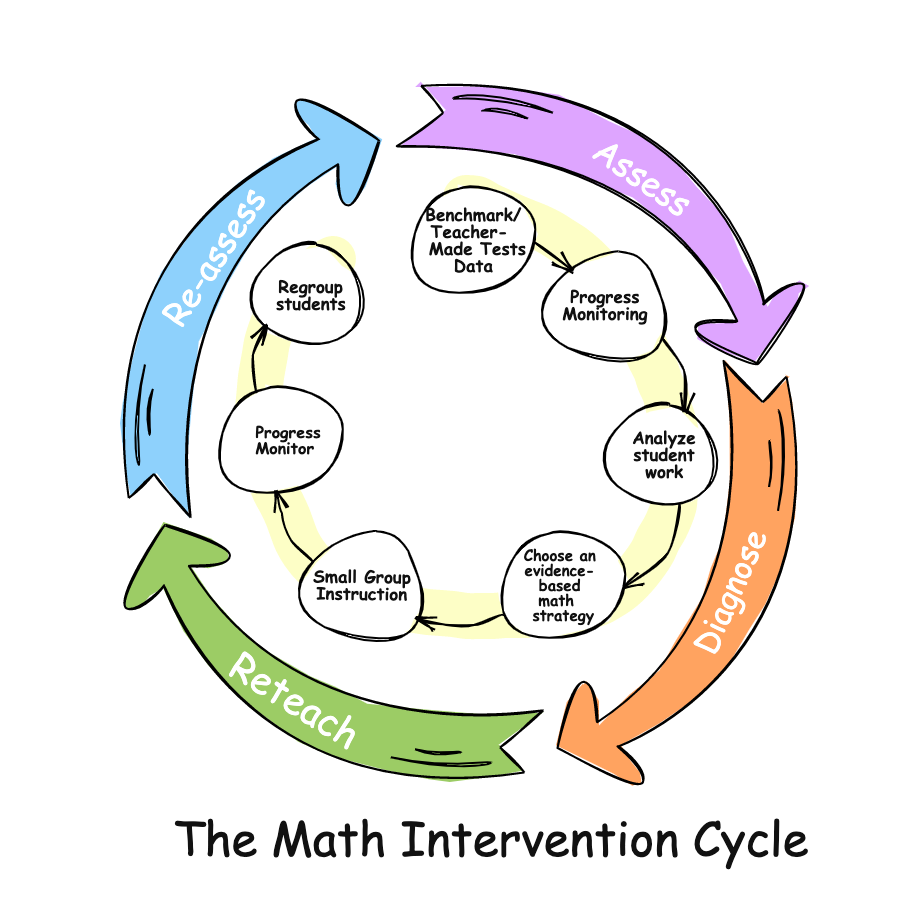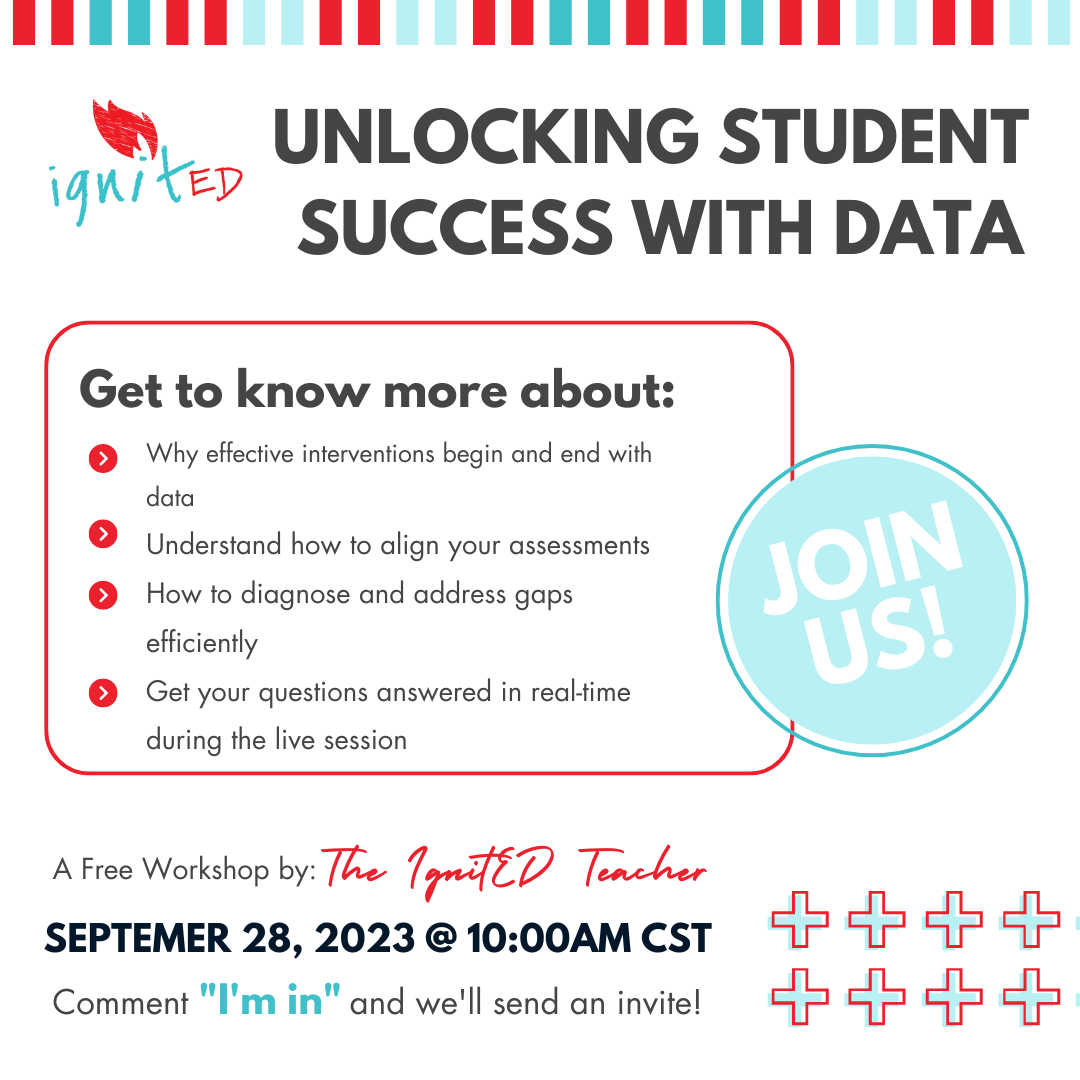
As a veteran educator, I understand the difficult challenges that students face in their math journey. When it comes to math intervention, it’s important to not only recognize the struggle but also address the root cause with strategic and evidenced based instructional strategies. In this post, I’ll be sharing three red flags to watch for during math intervention. These insights can significantly impact how we quickly close learning gaps.
Trouble Reading or Understanding the Word Problem
The first red flag I always look for during math intervention is whether a student has trouble reading or understanding word problems. Math isn’t just about numbers; it’s also about language. When a student struggles to comprehend the word problem, it can signal a reading issue or indicate that they need more literacy support integrated into their math instruction.
From my experience, it’s necessary to work closely with the reading teacher to tackle this issue. Introducing vocabulary lists specific to math and implementing reading comprehension strategies like Reciprocal Teaching can also make a big difference. For instance, making predictions, asking questions, clarifing, and a summarizing are reading comprehension skills that can be used along with an effective problem solving strategy. Improving students’ literacy skills can unlock a deeper of understanding in math.
Difficulty with Conceptual Understanding
The second red flag is a student’s conceptual understanding of math. This goes beyond memorizing algorithms and getting the right answer; it’s about grasping the “why” and “how” behind the procedures they are learning. For instance, if a student is multiplying two or three-digit numbers, can they explain the steps involved? More importantly, can they demonstrate the method using pictorial representations?

To build conceptual understanding, I often incorporate visual aids, manipulatives, and real-world examples. These tools help bridge the gap between abstract concepts and mathmematicl understanding. Engaging students in math discussions where they articulate their thought process or having them teach the concept to a peer are also effective strategies. This approach not only reinforces their understanding but also builds confidence in using mathematical vocabulary accurately.
Unable to Explain Their Thinking
Lastly, the ability of students to explain their thinking is a crucial red flag. When students solve a problem, it’s essential for them to articulate why they arrived at a particular answer. Can they describe the strategy they used to solve the problem? Can they identify the key phrases in the word problem that helped them to decided which operation or strategy to use to solve the problem? If a student can explain their solution step by step, which indicates a deeper comprehension of the material.
Encouraging a culture of metacognition in the classroom is important. I like to prompt students with questions like “Why do you think that?” or “Can you show me how you got this answer in a different way?” These questions not only promote reflection but also foster an environment where students feel comfortable discussing and questioning their thought processes. Implementing Thinking Routine activities can also be an excellent way for students to verbalize their understanding and gain insights from their peers.
Recognizing these red flags—difficulty in reading word problems, lack of conceptual understanding, and the challenge in explaining their thinking—will help you to create an effective math intervention. As educators, it’s critical to take a proactive and supportive approach. Collaborating with reading teachers, integrating literacy into math lessons, using visual aids, and creating a culture thinking are essential steps towards helping our students address their math deficits. When we include instructional strategies that address these three red flags, we pave the way for our students’ academic success.
Do you have strategies or experiences that have made a difference in your math intervention efforts? I’d love to hear from you! Share your thoughts and tips in the comments below. Together, let’s build a supportive community dedicated to enhancing student learning in mathematics.





